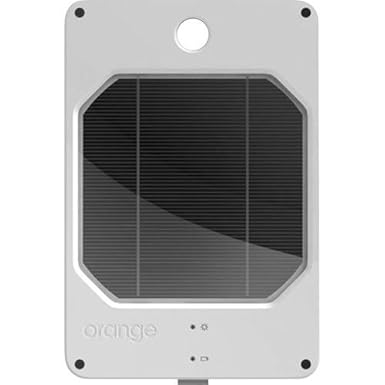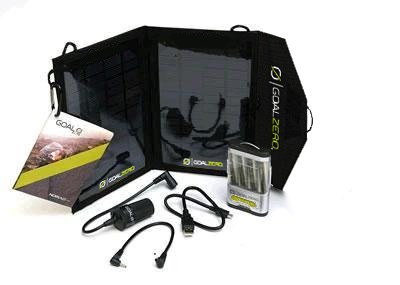Tuesday, August 6, 2013
Gear Review: Solar Charging Kits
The closer we get to our trip, the more gear we have amassed to either "survive", or at least be more comfortable.
Under the "more comfortable" category, several of the team have purchased solar charging panels. While none of us expect to be making phone calls or updating Facebook from the top of Kilimanjaro, there aren't any power options to charge camera batteries, headlamps, kindles, or water purification bottle batteries. You'd think we could survive a week and half without electronics, but I think our society as a whole has forgotten how.... and now we don't have to.
So far Vegas and Kathleen have chosen the Joos Orange Solar charger ($153 Amazon):
This is an all in one tablet sized panel with a hard plastic casing that appears to be very rugged! It has a loop hole at the top for hanging from your pack to charge as you walk around. It also claims to keep charging when submerged. Vegas and Kathleen have been testing it out on this past weekend's hikes in the greenbelt. One thing to note is that it has one attachment point- the top. If you stop and pick something up off the ground make sure it doesn't flip over and bonk you on the head!
Sreeni and I both opted for a different model: the Goal Zero Guide 10 Plus kit ($105 Amazon). Both kits weigh approximately 1.5 lbs (for the Goal Zero, that includes the battery pack). The Goal Zero panels fold up like a book when not in use, and the back side has a mesh pocket for storing the battery pack and cables. There are multiple loops for attaching at multiple points. I'm using small s carabiner hooks to attach it to my pack.
Unlike the JOOS Orange, the Goal Zero is not waterproof. I mean, it will be fine in light rain (assuming you are still getting enough sun to charge, but you can't use it in a pool like the JOOS pictures indicate). It does not have an integrated battery in the panels, if you are trying to catch sun with the panels then you either need to have the battery pack connected to store the charge or you need to connect the device (such as a phone) that you want to charge. You can use the battery pack separate from the panels to charge one device while charging another from the solar panel.
iPADs-- the JOOS will charge an iPad directly though I do not know how long that takes. With the Goal Zero, you can charge from the battery pack or use the battery pack as a conduit to the solar panels.
At home, I've connected the solar panel to a smartphone and immediately upon placing it in full sun, the device began charging. I can put the device in the mesh pocket (under the solar panel) to minimize how hot it gets in the sun.
Battery pack takes rechargeable AA or AAA batteries (must use 4 at a time), so you can bring extra batteries to keep charging when the first set completes if you are using AA or AAA batteries in devices like cameras or headlamps. Unfortunately, my cameras take proprietary batteries so I need to charge them via USB from the pack or from the solar panels. It is possible to buy a second battery pack so you could swap them out to store charges if you wanted, but I have not purchased one ($35-$40, Amazon)
Pros: a little cheaper, can charge with both battery pack and solar panels simultaneously, lightweight, seems durable, multiple connection loops for securing to pack, mesh pocket organization keeps cords handy.
Cons: not as rugged at the JOOS Orange, no integrated battery, does not charge iPads directly from solar panel, not "waterproof".
Subscribe to:
Post Comments (Atom)


No comments:
Post a Comment